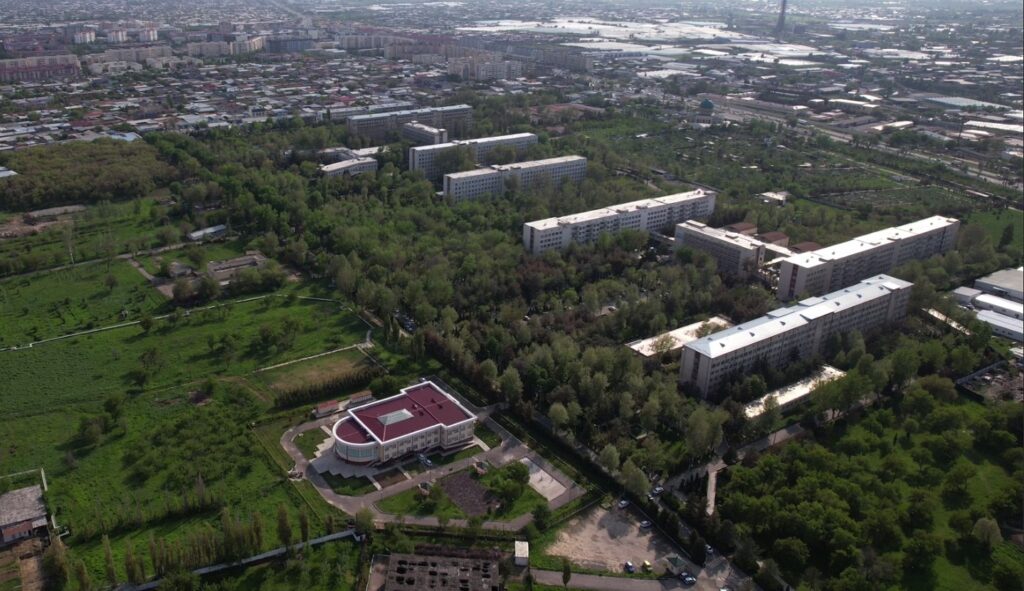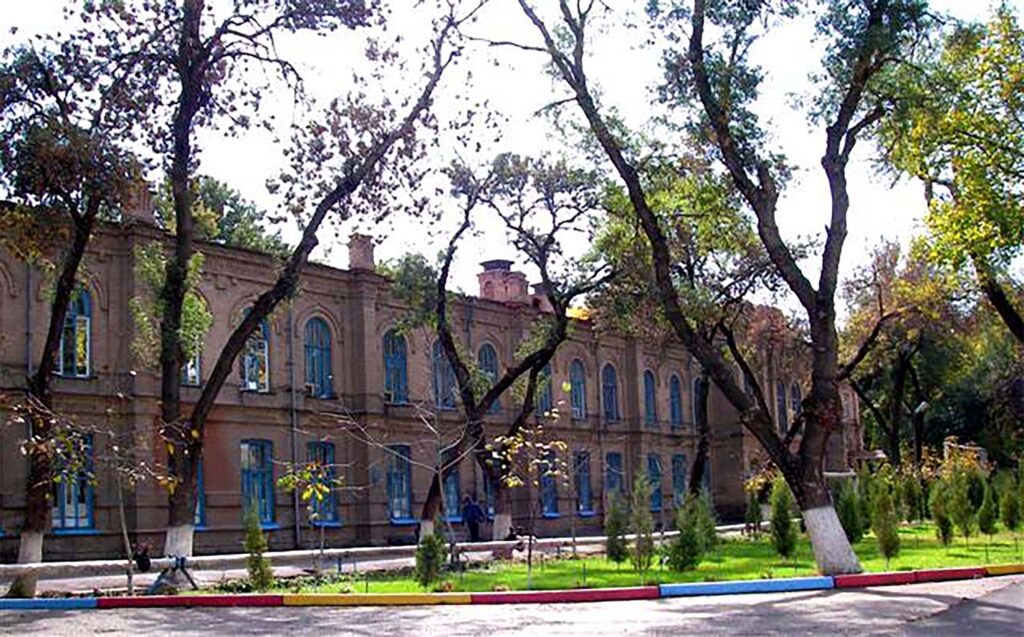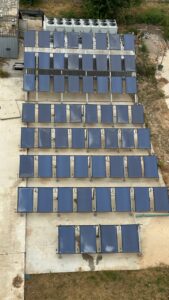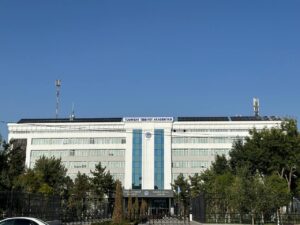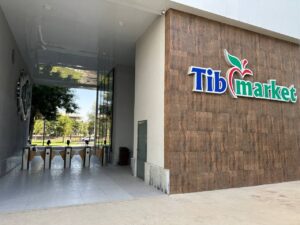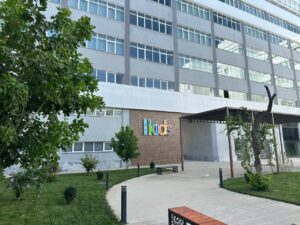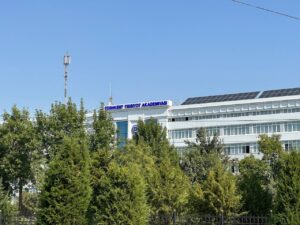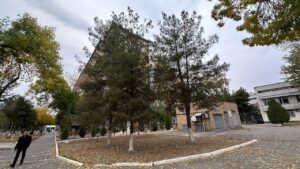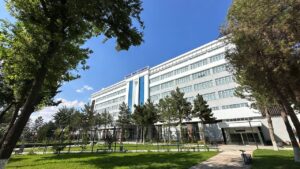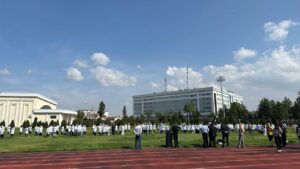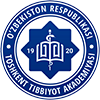Sustainability: on the path to net zero
We’re a leading, award-winning university for sustainability – establishing ourselves as the sustainable university
TMA is committed to the United Nations Sustainable Development Goals (SDGs) through effective institutional resources management, innovative teaching and learning, research, national and international partnerships, continuous studies, and outreach. PSU shall undertake the following activities: form higher and steering committees, evaluate each SDG, formulate and develop related SDG policies, conduct awareness campaigns to the TMA community, establish a sustainability office, identify the SDGs related to each college, program, and course, and lab centers at TMA, and implement sustainability-related initiatives.
Vision
TMA strives to support Uzbekistan – 2030 and the United Nations Sustainable Development Goals (SDGs) by paving the way for higher education in Uzbekistan.
Mission
Supporting the “Uzbekistan-2030” Strategy – An Action Guide for Building New Uzbekistan and the TMA’s strategic directions, TMA aligns its mission with SDGs by providing quality education, sustainability initiatives, lifelong learning, scientific research, and community service.

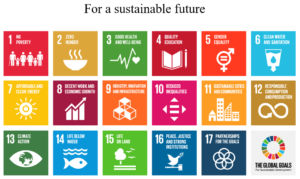
Scope 1 and Scope 2 Inventory Guidance
Overview of GHG Protocol scopes and emissions across the value chain
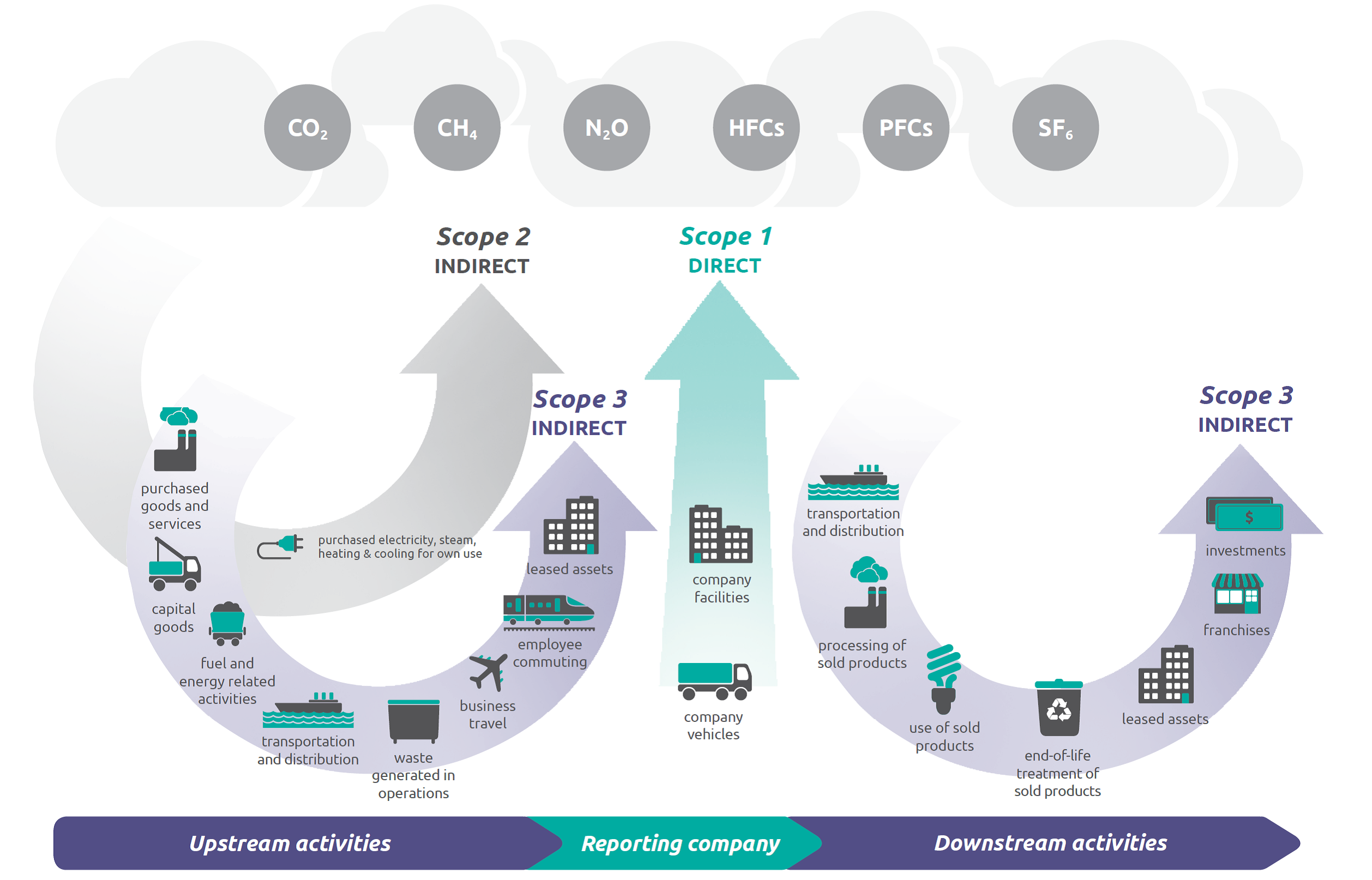
The following EPA guidance documents describe methods to calculate and report emissions from these sources.
- Direct Emissions from Stationary Combustion (pdf)
This document is used to identify and estimate direct GHG emissions from stationary (non-transport) combustion of fossil fuels at a facility (e.g., boilers, turbines, process heat). - Direct Emissions from Mobile Combustion Sources (pdf)
This document is used to identify and estimate direct GHG emissions associated with fuel combustion in owned or operated mobile sources. - Indirect Emissions from Purchased Electricity (pdf)
This document is used to identify and estimate indirect GHG emissions resulting from the purchase of electricity, steam, heat, or cooling. - Direct Fugitive Emissions from Refrigeration, Air Conditioning, Fire Suppression, and Industrial Gases (pdf)
This document is used to identify and estimate direct emissions of GHGs from refrigeration and air conditioning systems, fire suppression systems, and the purchase and release of industrial gases.
The GHG Protocol published Scope 2 Guidance that standardizes how corporations measure emissions from purchased or acquired electricity, steam, heat, and cooling.
Note: Many industrial sectors also have process-related emissions sources that are specific to their sector. EPA’s Greenhouse Gas Reporting Program provides guidance and tools that can aid in the calculation and reporting of these emissions.
Green Energy at Tashkent Medical Academy (Main Education and administration building)
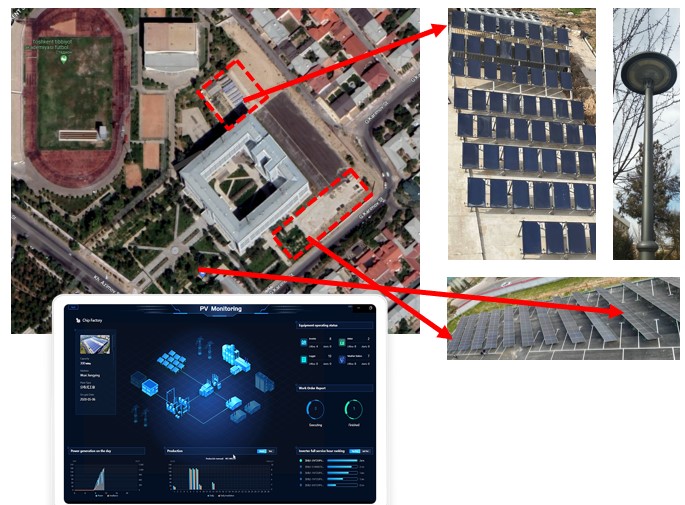



Reports:
- Solar collectors (for water heating) 62 pcs, 1 point solar collector is heating 5 litr/hour, in summary: 60×5=300 litre/hour water heating and economy energy.
- Solar panels 195 units (100 kWh), The 2022 baseline for Scope 1 & 2 carbon emissions 85 tCO2e
- Solar panel outdoor lighting lights 45 pcs
- Water treatment system (20000 l. tank)
- Transition to full solar panels (2023)
- 640 led lamps (economy 9060 Kvt, 4x)
- Carbon footprint (kg CO2 emissions) = Total Organization Footprint = 251.2 metric tons of CO2e
